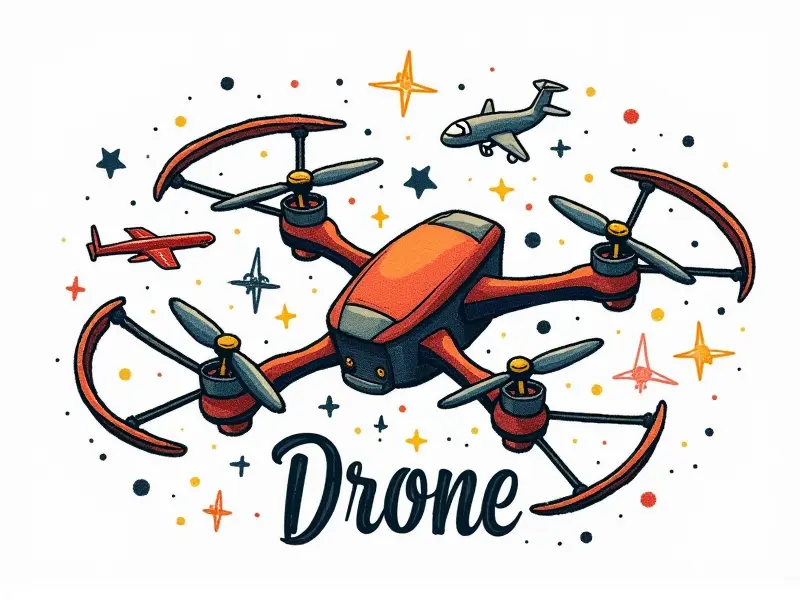Repair drone size comparison

Nano Drone vs Micro Drone: Size Comparison
The world of drones is vast and varied, with models ranging from the tiniest nano drones to larger micro drones. Nano drones are typically less than 5 inches in length and weigh under an ounce, making them ideal for indoor use or covert surveillance. On the other hand, micro drones usually measure between 5-10 inches and can weigh up to a few ounces, offering more stability and payload capacity.
Key Features of Nano Drones
- Size: Less than 5 inches in length
- Weight: Under an ounce
- Battery Life: Shorter, typically around 10 minutes
- Camera Quality: Basic, often without a camera
Key Features of Micro Drones
- Size: Between 5-10 inches in length
- Weight: Up to a few ounces
- Battery Life: Longer, typically around 20 minutes
- Camera Quality: Better quality and higher resolution
FPV Racing Drones: Compact Size Battle
First-person view (FPV) racing drones are designed for speed and agility. These compact machines come in various sizes, but the most popular among enthusiasts are those that fall into the nano and micro categories due to their maneuverability.
Nano FPV Racing Drones
- Size: Less than 5 inches
- Weight: Under an ounce
- Battery Life: Short, around 10 minutes
- Speed: High-speed maneuverability
Micro FPV Racing Drones
- Size: Between 5-10 inches
- Weight: Up to a few ounces
- Battery Life: Longer, around 20 minutes
- Speed: High-speed maneuverability with better stability
Mini Quadcopter vs Small Helicopter: Size Off
A mini quadcopter and a small helicopter both serve different purposes in the drone world. Mini quadcopters are typically more compact, agile, and versatile compared to their rotary counterparts.
Key Features of Mini Quadcopters
- Size: Less than 10 inches
- Weight: Under a few ounces
- Battery Life: Shorter, around 15 minutes
- Mobility: Highly agile and maneuverable
Key Features of Small Helicopters
- Size: Between 10-20 inches
- Weight: Up to several ounces
- Battery Life: Longer, around 30 minutes
- Mobility: Less agile but better stability and lift capacity
Tiny Drone Specs: Nano to Micro Sizes
The transition from nano drones to micro drones is gradual. Each size offers unique benefits, making them suitable for different applications.
Nano Drones (Less than 5 inches)
- Size: Tiny and compact
- Battery Life: Shorter
- Payload Capacity: Minimal, often no camera or payload
Micro Drones (5-10 inches)
- Size: Slightly larger than nano drones
- Battery Life: Longer, suitable for extended flights
- Payload Capacity: Can carry small cameras and payloads
Micro FPV Drone Size Guide
Micro FPV drones are a favorite among hobbyists due to their balance of size, speed, and maneuverability. Here’s a quick guide to help you choose the right micro FPV drone based on your needs.
Size Considerations for Micro FPV Drones
- Small: Less than 5 inches (Nano)
- Moderate: Between 5-7 inches
- Larger: Between 8-10 inches
Performance Factors to Consider
- Battery Life: Longer flight times for larger sizes
- Mobility: Higher agility in smaller sizes
- Payload Capacity: Better payload handling in larger sizes
Nano Drone vs Mini Drone: Size Duel
The battle between nano and mini drones is a close one, with each offering distinct advantages. Nano drones are the smallest, while mini drones offer more features and capabilities.
Key Features of Nano Drones
- Size: Less than 5 inches
- Battery Life: Shorter flight times
- Payload Capacity: Minimal, often no camera or payload
Key Features of Mini Drones
- Size: Between 5-10 inches
- Battery Life: Longer flight times
- Payload Capacity: Can carry small cameras and payloads
Small RC Plane vs Tiny Quadcopter: Size Clash
The comparison between a small remote-controlled (RC) plane and a tiny quadcopter highlights the differences in design, functionality, and performance.
Key Features of Small RC Planes
- Size: Between 10-20 inches
- Battery Life: Longer flight times due to larger battery capacity
- Mobility: Less agile but better stability and lift capacity
Key Features of Tiny Quadcopters
- Size: Between 5-10 inches
- Battery Life: Shorter flight times due to smaller battery capacity
- Mobility: Highly agile and maneuverable
Conclusion
The choice between different sizes of drones depends on your specific needs. Nano drones are ideal for indoor use or small spaces, while micro drones offer a balance of size, speed, and maneuverability. Mini drones provide more features and capabilities, making them suitable for outdoor activities. Small RC planes excel in stability and lift capacity, whereas tiny quadcopters shine in agility and maneuverability.
Understanding the unique characteristics of each drone type will help you make an informed decision based on your requirements.

